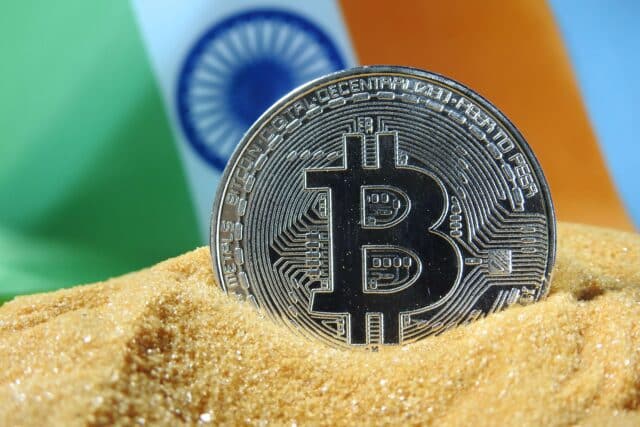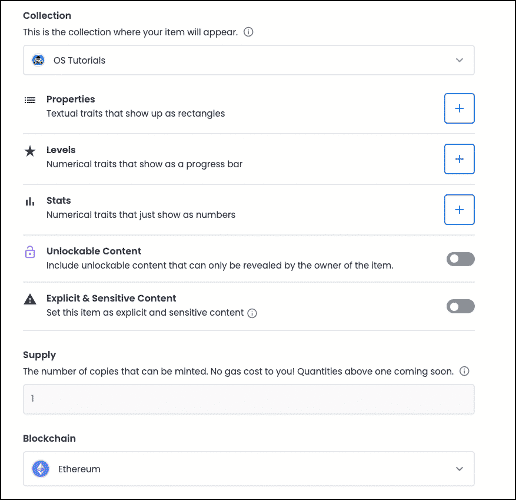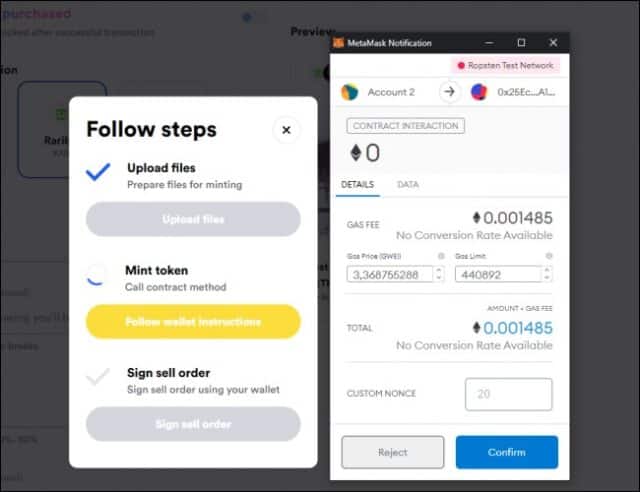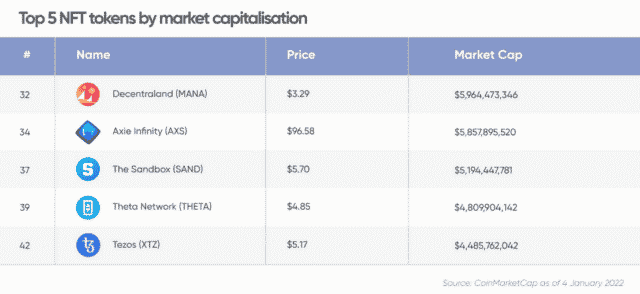NFTs Explained – How to Buy & Sell NFT. Non-Fungible Token

Non-Fungible Token is NFT
Uff, Nyan’s getting million dollars, cat’s pictures sold for millions, the founder of twitter put an autographed tweet to NFT, sold, celebs putting their pictures and treasures to NFT, they are being sold to. Well, this is too much but my kid would say my mom still doesn’t know what NFT is. Here I come with this vlog to explain everything about NFTs.
So, let’s start with the basics.
NFT is unique unit of data employing technology that allows digital content—from videos to songs to images—a lot more. They become logged and authenticated on crypto currency, blockchains, primarily Ethereum.
NFTs are unique cryptographic tokens that are on a blockchain and cannot be imitated. NFTs can be used to signify real-world items like artwork and real-estate. “Tokenizing” these real-world tangible assets permits them to be accepted, sold, and traded more proficiently while dipping the probability of fraud.
Ok so this must be perplexing right, so let me clear it out
To simply put the main influence of NFTs is making it easy to own and sell digital content. Non fungible token is more or less something which can not be substituted and it’s unique and are not interchangeable. For instance, bitcoin is fungible so you trade one bitcoin for another and you get the same thing in return as a bitcoin. For example, you get a painting as non-fungible item – it goes to the one who buys it as non-fungible token – it will be original to the first seller as it can’t be replaced – or changed. Remember there can be no second hand NFT or a copy of it, as it has unique token to it, no matter how many buyers it would have.
Even if one NFT sold let’s say for 1 million – the buyer then sold it to some one else at 1.2 million – next likewise – in that case the copyright and the originality of the seller one will remain intact.
The year 2021 has been the year of NFTs and now henceforth it will be.
NFT examples
The NFT world is comparatively new. In theory, the possibility for NFTs is anything that is unique that desires provable ownership. Here are some examples of NFTs that exist today, to help you get the idea:
- A unique digital artwork
- A unique sneaker in a limited-run fashion line
- An in-game item
- An essay
- A digital collectible
- A domain name
- A ticket that gives you access to an event or a coupon
Let’s learn how to create NFT
Step 1
Create a piece of art
Now this cane be anything which can be turned into a non-fungible token. Like – meme, online game clip, painting, digital art, collectibles, gifs and more. Make sure it shall fit in the digital format. Like PNG may be.

Step 2
Get a crypto wallet and add some crypto
The only way to perform in the world of crypto is to have a wallet and to have a few bucks in it, so this step is crucial and can’t be avoided. The reason you need to have a wallet is to be able to collect funds, while you’ll have to buy some crypto so that you can any fees allied with putting an NFT up for sale.
Step 3
Pick a Platform to Sell On
This will be the most involved step in buying and selling the NFT: You will need to choose where to sell your NFT first. This can be a fiddly choice, as diverse platforms charge different fees. Most outstandingly, they can also propose various blockchains to place your NFT on, which can mark security and serviceability for different people.
Virtually all marketplaces will offer Ethereum first and foremost—though you should take care not to obscure Ethereum the blockchain with its linked cryptocurrency Ether, which is disconcertingly also called Ethereum by some.
Step 4:
Minting Your NFT
Presumptuous you’ve picked the platform and blockchain that you think is best for your NFT, it’s time to upload your NFT to your wallet and get it ready for sale—again, the wallet you’re using may alter reliant on the platform you pick.
Uploading an NFT to the blockchain is known as “minting,” and it’s a pretty simple step overall. Rarible and OpenSea both have unevenly the same process here. Ensuing the instructions on your NFT marketplace’s website, you will upload your NFT into your wallet, add details like the portrayal and a number of others—and then that’s pretty much it.
As you’ll see, there are a lot of things you can add to your NFT to make it more attractive, like adding levels or leaving parts of it locked until it’s been purchased. It’s an stimulating way to reel curious buyers in.

Step 5:
Selling an NFT
With all that done, it’s time to essentially put your NFT out there and confidently make some money. On almost all the platforms, doing so is as easy as just hitting a button that says “sell” on whatever NFT you have in your wallet. The screenshot below shows how it works on Rarible using the MetaMask wallet. Note the Ethereum gas fees.

In practically all cases, you have a few options on how you want to sell your NFT. These usually fall into one of three categories: fixed price, timed auction, or unlimited auction—which Rarible calls “open for bids.”
From here the process runs nice-looking much robotically: the buyer pays what they’re supposed to for the NFT plus some fees and the creator gets their money minus some fees, and the NFT changes hands. The buyer gets a cool little collectible, and you, the seller, gets the start of a crypto fortune—hopefully.
What are the best NFT coins?
- Decentraland (MANA) Decentraland is a virtual world, or metaverse, where users interact through augmented reality, virtual reality and the internet.
- Tezos (XTZ)
- The Sandbox (SAND)
- Axie Infinity (AXS)

Source information:
https://ethereum.org/en/nft/
https://www.coindesk.com/
last image from coinmarketcap
Be a responsible traveler!
Catch up here:
Facebook | Instagram | YouTube | Goodreads | Artwork | Books | Journals – Diaries – Notebooks | Author Central Page | LinkedIn
For sponsorship and collaboration mail – spiritedblogger707@gmail.com
